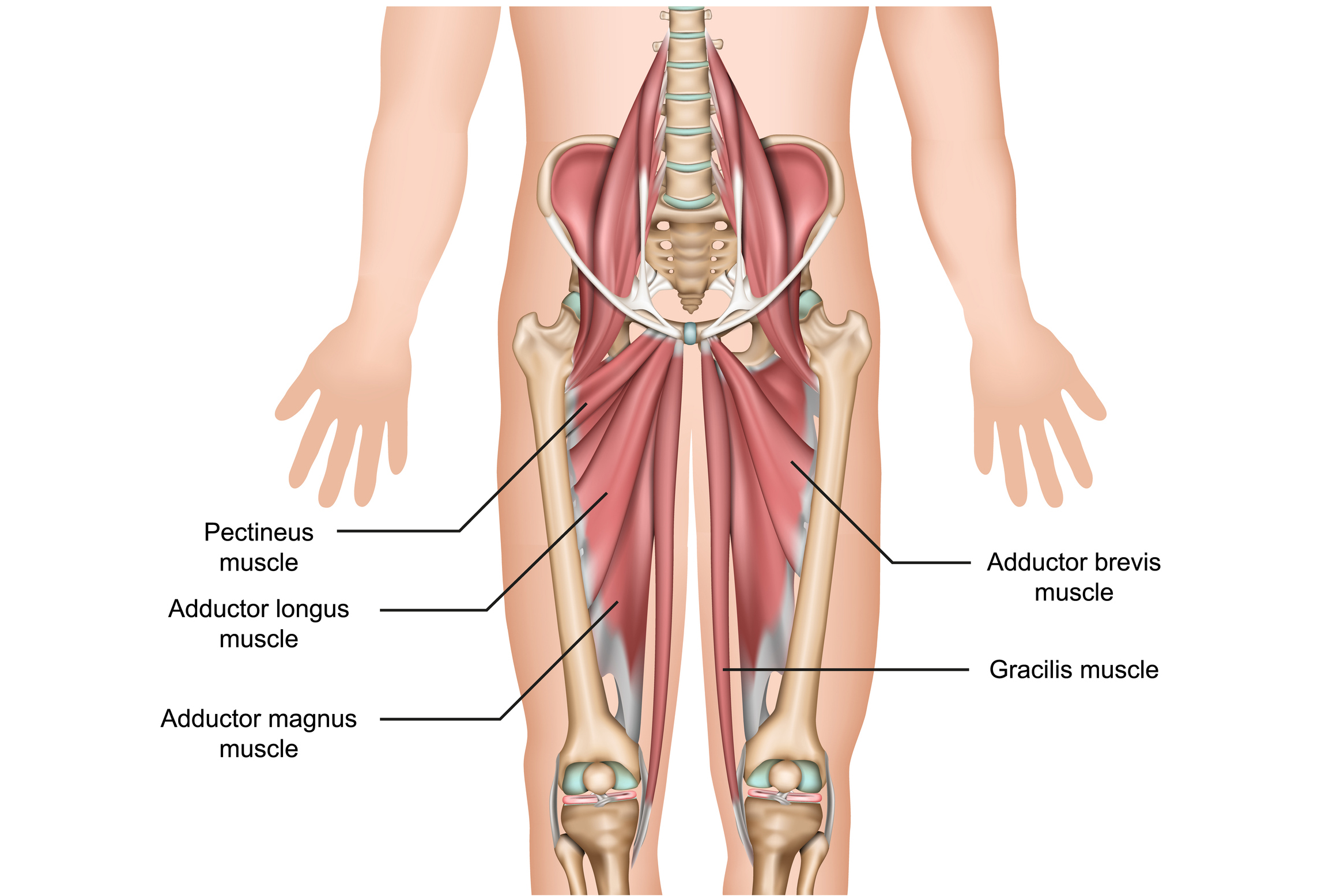How do you treat a groin injury?
Nick Beer explains how to treat a groin injury and how long recovery will take

A groin injury is a muscular tear or rupture to one of your groin muscles. These muscles are at the top of your thigh and most common injuries are associated with the hip adductor muscles; the adductor brevis, adductor longus, adductor magnus, gracilis, and pectineus.

/ Getty Images Plus
This frequently occurs with high-speed activities, such as kicking, change of direction or sprinting. In regards to triathlon, we’re most susceptible to this injury when we start to programme in high-intensity run efforts, such as short, fast reps on the track or up a hill.
- Strain versus sprain: what’s the difference?
- Is ice or heat best for treating injuries?
- What’s the difference between muscles, tendons and ligaments?
- Hip pain: diagnosis and causes
- Why is good hip strength important for running?
Typically, mild groin injuries can take a couple of weeks to heal. However, depending on the severity, this can increase to six weeks and more. Initially, decreasing volume and load, as well as ice and rest, will help reduce the pain and accelerate healing. Once symptoms begin to ease, start to gently return to training.
Some groin injuries aren’t always so straight forward, though, and can be associated with secondary hip-related issues, which could signal a biomechanical weakness. So initially seeing a physio for a thorough assessment will help identify, address and eliminate other potential risk factors that may appear over time.
Nick Beer is a sports injury rehab specialist, a development coach and a former elite triathlete. He has a BSc Hons in biomedical sciences.




